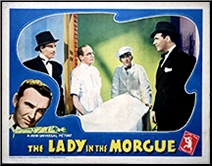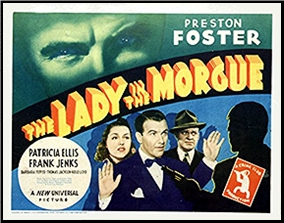Sun 8 Sep 2019
A PI Mystery Review: PETER WHALLEY – Robbers.
Posted by Steve under Bibliographies, Lists & Checklists , Characters , Reviews[2] Comments
PETER WHALLEY – Robbers. Harry Sommers #1. Macmillan, UK, hardcover, 1986. Walker, US, hardcover, 1987. Avon, US, paperback; January 1989.
Harry Sommers’ background includes a short career as a boxer, then as a nightclub bouncer and few other other jobs, including a short stay in prison. Hired as a muscle man when needed for a small detective agency, he surprisingly becomes a co-owner of the firm when the man who hired him dies suddenly of a heart attack.
His first real case on his own, other than usual process servings and straying husbands, is a strange one. Someone is blackmailing the members of a gang that made off with 500,000 pounds in a well-planned robbery some eight years ago, and one of those involved needs Harry to investigate. One man is dead already. Harry’s friend from the old days does not want to be the next.
Although Harry has a strong distaste for guns, it’s a good thing that Harry is handy withe his fists, since some of the other gang members he tracks down are nasty customers indeed. But one by one he discards each of them as the blackmailer/killer, and he’s equally convinced that none of them talked.
As mysteries go, this is a decent one, and Peter Whalley tells it well. As an extra bonus, we also get to see Harry struggle on his first few dates with a woman definitely a step above him in social standing, a teacher at a school where he drives the daughter of a gangster friend and back home again.
It’s also a big reward when a detective thinks a case is over, and it really isn’t. Whalley ties up all the loose ends, though, and most satisfactorily.
The Harry Sommers series —
Robbers. Macmillan 1986; Walker, 1987.
Bandits. Macmillan 1986; Walker, 1988, as Rogues.
Villains. Macmillan 1987; Walker, 1988, as Crooks.
Bio-Bibliograhic Notes: From his online obituary from 2017: “Peter Whalley, who has died aged 71 of cancer, was Coronation Street’s longest-serving and most prolific scriptwriter, penning 601 episodes over 35 years. Between 1979 and 2014 he bridged several eras and a multitude of characters, and brought to life some of the soap’s biggest storylines.”
Besides the three books in his Harry Sommers trilogy, Peter Whalley has nearly a dozen other crime novels listed in Al Hubin’s Crime Fiction IV> .

